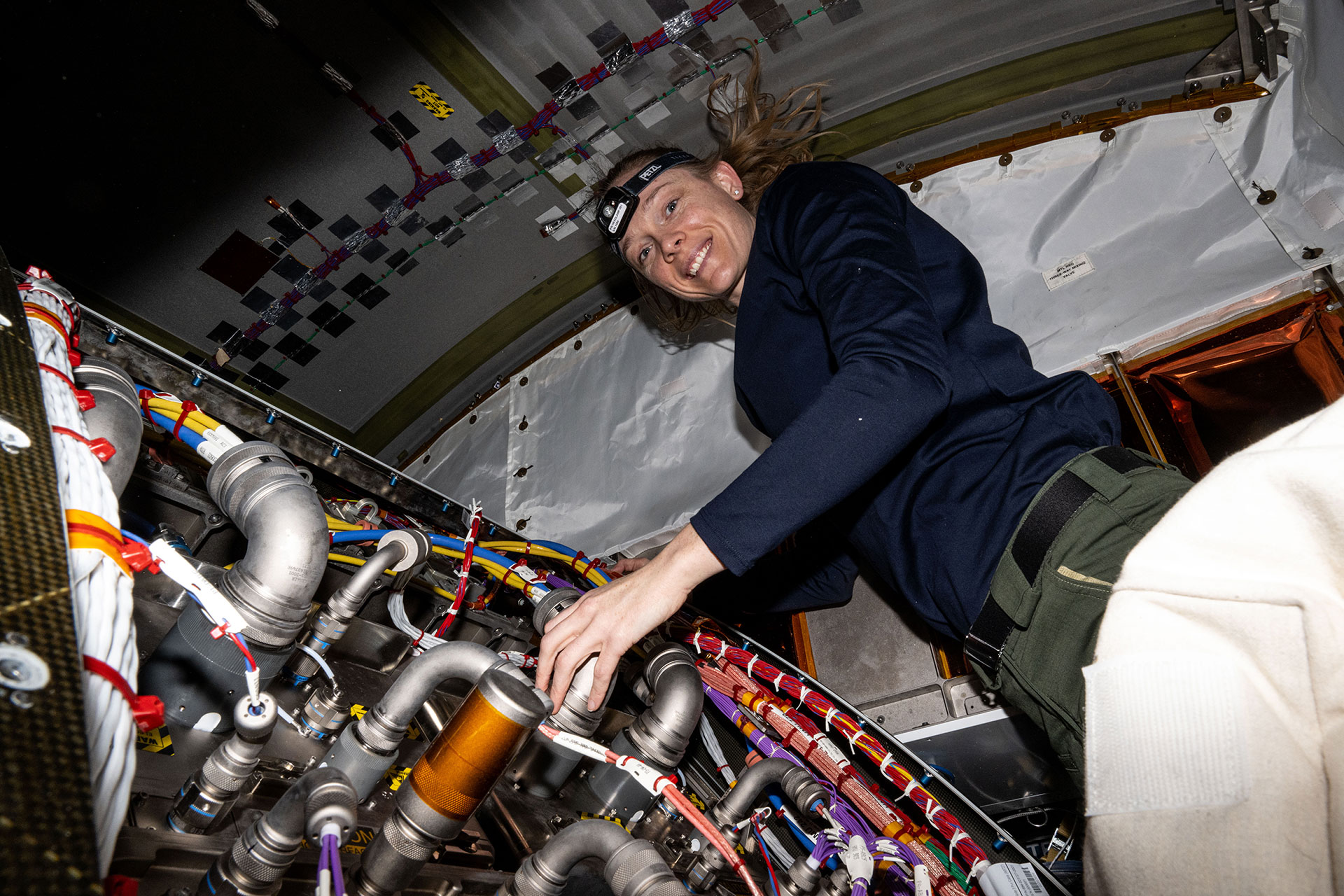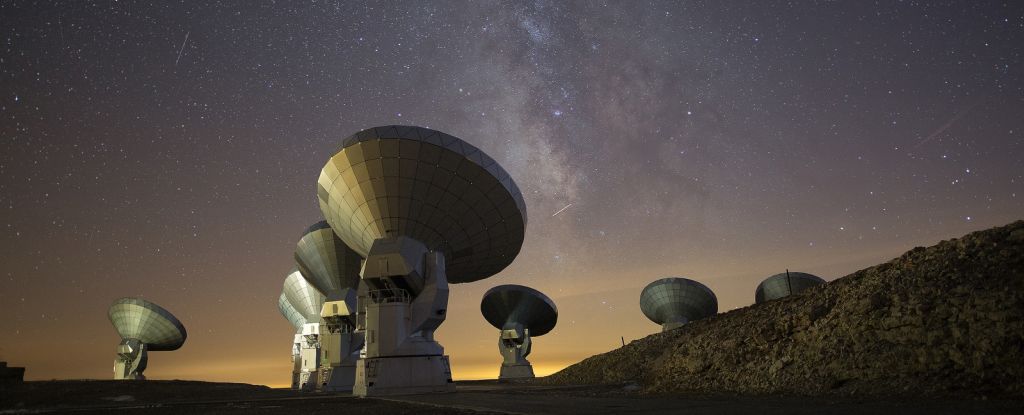As part of the Expedition 73 crew began preparing for their return to Earth, science research and maintenance activities continued this week aboard the International Space Station (ISS). So did outreach efforts, as the outpost’s residents spoke to audiences in Las Vegas and South Korea.
Orbital observation
On Thursday (July 24), NASA astronaut Jonny Kim, a flight engineer on the space station’s Expedition 73 crew, spoke with the 125 participants from 39 countries in the International Space University Space Studies Program held this year in Seoul, South Korea. A medical doctor and a former U.S. Navy SEAL, Kim’s parents immigrated from South Korea.
“I had a cargo mission come up that had some of my most favorite foods. So of course I had kimchi brought up. I had gochujang, which is a red pepper paste, and I had rice come up. So with those ingredients, and of course, some Spam, I was able to make my own space version of kimchi fried rice. It wasn’t as good as I could make at home, on Earth, but in space you work with the best you’ve got, and I really, really enjoyed it,” said Kim, after hearing that that the ISU attendees had also been enjoying the local cuisine.
You can watch the full 20-minute interaction below.
Science status
Among the research that was conducted by the Expedition 73 crew aboard the space station this week was:
Bone on ISS — Flight engineer Nichole Ayers of NASA collected blood samples and spun them in a centrifuge for an ongoing study on bone mass loss during extended exposure to the microgravity of space. Takuya Onishi of JAXA, the commander of the Expedition 73 crew, assisted Ayers in this work.
CIPHER — Flight engineer Anne McClain of NASA also prepared blood samples, as well as urine samples, for a different study focused on cardiovascular health. Her work was part of a suite of 14 protocols for human exploration research on varying mission durations.
Surface Avatar — Jonny Kim worked with a laptop computer on the station and engineers on Earth to test different methods of driving robotic vehicles on planetary surfaces through remote access from orbit.
Mobile Companion — Onishi worked with CIMON, or the Crew Interactive MObile companioN, an experimental, free-flyer robot, to test the ability of artificial intelligence (AI) to provide support to the space station’s crew.
Roscosmos cosmonauts Sergey Ryzhikov and Alexey Zubritsky used an ultrasound to image their stomachs after eating breakfast as part of a study on possible biochemical changes to the digestive system during spaceflight.
Station keeping
The Expedition 73 crew also devoted time to maintaining the space station’s systems, including:
Packing for home — Takuya Onishi, Anne McClain, Nichole Ayers and Kirill Peskov, the members of SpaceX‘s Crew-10 mission, have begun moving items into the Dragon spacecraft that will return them to Earth in August.
Remote Power Controller Module — As pictured above, Ayers and Jonny Kim worked to replace a unit that distributes power to space station systems inside the Tranquility node.
Water transfer — Cosmonaut Alexey Zubritsky refilled space station tanks with water that was launched aboard Russia’s Progress MS-31 cargo spacecraft.
Astronaut activity
You could say that Expedition 73 crewmates Anne McClain and Nichole Ayers rose to the occasion on Tuesday (July 22), as they took questions from the attendees at the American Institute for Aeronautics and Astronautics (AIAA) ASCEND conference being held in Las Vegas.
Select sessions from this year’s ISS Research and Development Conference were folded into the ASCEND program.
“At any given point here on the International Space Station, there are over 200 science experiments going on, both inside and outside of the space station. There is a lot of human research that goes on aboard the International Space Station, and it’s actually volunteer-only, so we volunteer for the human research that happens up here,” said Ayers.
Those studies are not only about the astronauts in Earth orbit.
“Really, everything that we do aboard the International space Station is within the NASA motto, ‘For the benefit of all.’ We work with multiple different space agencies, organizations, educational institutions [and] research centers from around the world to maximize the amount of science on the space station,” said McClain.
You can watch their full discussion above.

By the numbers
As of Friday (July 25), there are 7 people aboard the International Space Station: Expedition 73 commander Takuya Onishi of JAXA, Anne McClain, Nichole Ayers and Jonny Kim of NASA and Kirill Peskov, Sergey Ryzhikov and Alexey Zubritsky of Roscosmos, all flight engineers.
There are two docked crew spacecraft: SpaceX’s Dragon “Endurance” attached to the forward port of the Harmony module and Roscosmos’ Soyuz MS-27 attached to the Earth-facing port of the Prichal node.
There are two docked cargo spacecraft: Roscosmos’ Progress MS-30 (91P) attached to the aft port of the Zvezda service module, and Progress MS-31 (92P) docked to the space-facing port of the Poisk module.
As of Friday, the space station has been continuously crewed for 24 years, 8 months and 24 days.
Source link

